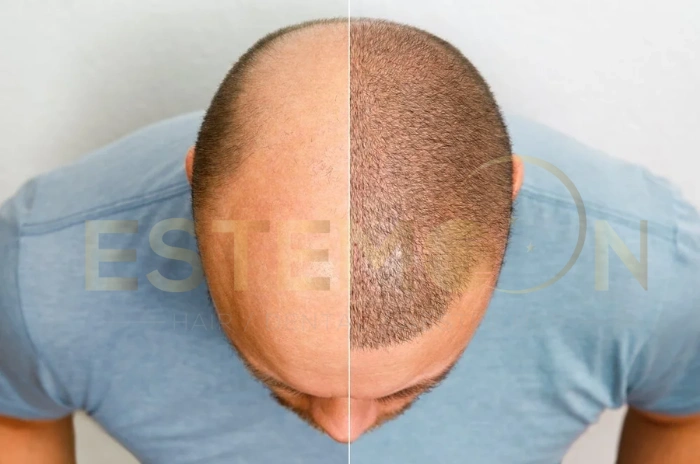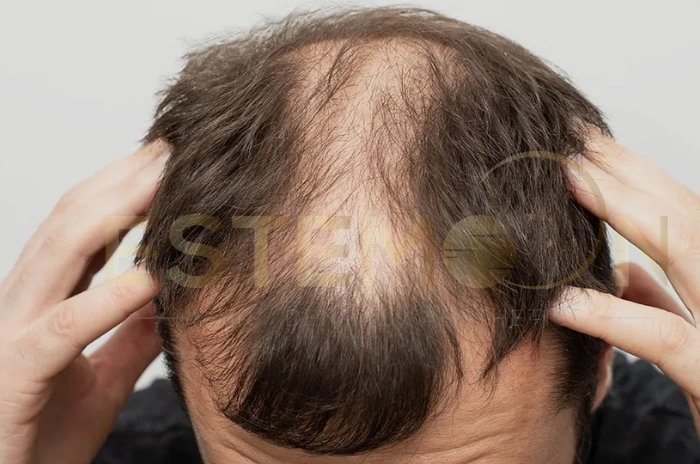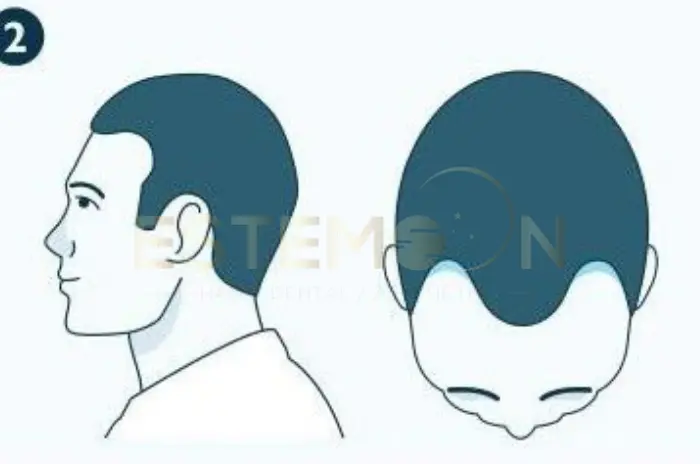Hair loss affects millions of people worldwide, with approximately 85% of men and 55% of women experiencing some degree of hair thinning throughout their lives. While traditional treatments like hair transplants have provided solutions for many, they come with inherent limitations. Enter hair cloning – a revolutionary biotechnology that promises to transform the future of hair restoration by creating an unlimited supply of hair follicles from a patient’s own cells.
Unlike conventional methods that redistribute existing hair follicles, hair cloning technology aims to generate entirely new follicles in laboratory settings. This groundbreaking approach could potentially eliminate the constraints of donor area limitations and provide a permanent solution for even the most severe cases of baldness.
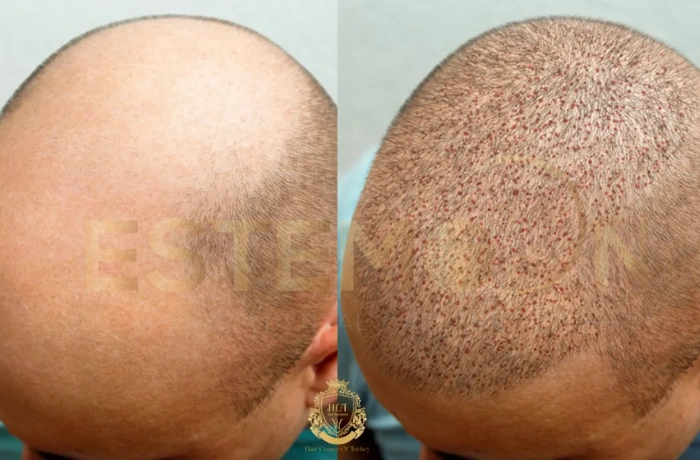
What Is Hair Cloning?
Hair cloning, also known as hair multiplication or follicular neogenesis, is a cutting-edge biotechnological procedure that involves extracting healthy cells from existing hair follicles and multiplying them in a controlled laboratory environment. The multiplied cells are then reintroduced into areas of the scalp experiencing hair loss to create new, functional hair follicles.
The process focuses primarily on dermal papilla cells, which are specialized mesenchymal cells located at the base of hair follicles that play crucial roles in hair growth regulation. These cells provide the instructive signals necessary to activate hair growth and maintain the hair cycle.
Hair cloning differs significantly from reproductive cloning techniques. Rather than creating entire organisms, this method involves the targeted reproduction of specific tissue components – essentially creating “mini-organs” in the form of hair follicles. The process requires precise coordination between multiple cell types, including dermal papilla cells and stem cells, in an environment that mimics the natural follicle niche.
How Hair Cloning Could Work
The hair cloning process involves three sophisticated phases that scientists have been refining through years of research:
Phase 1: Cell Harvesting – Healthy hair follicles are extracted from areas unaffected by androgenetic alopecia. Scientists focus on extracting dermal papilla cells and stem cells, which can differentiate into hair-producing trichogenic cells.
Phase 2: Cell Multiplication – Harvested cells are cultured and multiplied in specialized laboratory conditions. Maintaining hair inductivity during culture is crucial, as common methods can reduce the cells’ regenerative capacity. Researchers use growth factor cocktails to preserve cellular properties.
Phase 3: Implantation – Multiplied cells are reintroduced into balding scalp areas. Studies show that injection of epidermal stem cells and dermal papilla cells can induce hair follicle regeneration and ordered epidermis formation, with cells resuming normal growth cycles.
Hair Cloning vs Hair Transplant and PRP
Understanding the differences between hair cloning vs hair transplant methods is essential for patients considering future hair restoration options. The following comparison table illustrates the key differences:
| Feature | Hair Cloning | Hair Transplant | PRP Therapy |
|---|---|---|---|
| Method | Creates new follicles from cultured cells | Redistributes existing follicles | Stimulates existing follicles |
| Donor Limitations | Unlimited supply potential | Limited by donor area | No donor area required |
| Suitable for Severe Baldness | Yes (theoretical) | Limited by available donor hair | No, requires existing follicles |
| Availability | Not yet available (2025+) | Currently available | Currently available |
| Permanence | Permanent (theoretical) | Permanent | Temporary, requires maintenance |
| Invasiveness | Minimal (cell injection) | Surgical procedure | Minimally invasive |
| Cost | Very high (estimated) | Moderate to high | Low to moderate |
Traditional hair transplants involve redistributing existing healthy hair follicles from donor areas to balding regions, but they’re limited by the donor area’s capacity. Hair cloning technology aims to overcome these limitations by creating an unlimited supply of new follicles, potentially treating patients with advanced hair loss who aren’t candidates for traditional procedures.
When Will Hair Cloning Be Available to the Public?
The timeline for when will hair cloning be available to the general public remains a subject of intense research development. As of 2025, hair cloning is still in the research phase, with companies like Stemson Therapeutics aiming to begin human clinical trials by 2026.
Current progress shows promising developments across multiple research institutions. Researchers at Yokohama National University have successfully cloned fully-grown mouse hair follicles, while Stemson Therapeutics has demonstrated robust human hair growth in humanized mice.
However, significant challenges remain before commercial availability. No clinic worldwide offers FDA- or EMA-approved hair cloning procedures as of 2025. Industry experts estimate that hair cloning treatments may take another 5-10 years before becoming widely available, with the biggest hurdles being cell survival, follicle formation, and regulatory approvals.
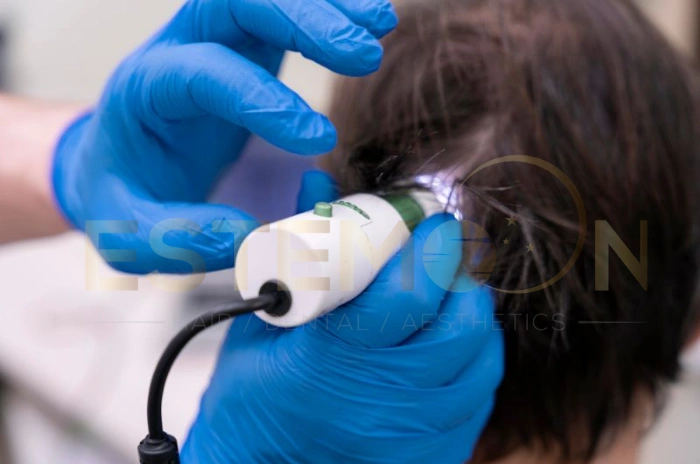
When Will Hair Cloning Be Available to the Public?
The timeline for when will hair cloning be available to the general public remains a subject of intense research development. As of 2025, hair cloning is still in the research phase, with companies like Stemson Therapeutics aiming to begin human clinical trials by 2026.
Current progress shows promising developments across multiple research institutions. Researchers at Yokohama National University have successfully cloned fully-grown mouse hair follicles, while Stemson Therapeutics has demonstrated robust human hair growth in humanized mice.
However, significant challenges remain before commercial availability. No clinic worldwide offers FDA- or EMA-approved hair cloning procedures as of 2025. Industry experts estimate that hair cloning treatments may take another 5-10 years before becoming widely available, with the biggest hurdles being cell survival, follicle formation, and regulatory approvals.
Potential Benefits of Hair Cloning Over Other Treatments
Hair cloning offers several theoretical advantages over existing hair restoration methods. The most significant benefit lies in eliminating donor area limitations that constrain traditional transplant procedures.
Key advantages include unlimited follicle supply potential, making it suitable for patients with severe hair loss who lack sufficient donor hair for conventional transplants. The treatment could particularly benefit individuals with scarring alopecia, genetic baldness with depleted donor areas, or people who have undergone multiple transplants.
Stem cell therapy for hair growth through cloning techniques could provide permanent, natural results. If successful, cloned follicles should grow hair indefinitely, mimicking natural follicle behavior and providing a biologically integrated solution that grows naturally and can be styled like normal hair.
Hair Cloning for Male and Female Pattern Baldness
Hair cloning technology shows promise for addressing both male and female pattern baldness, though applications may vary based on specific characteristics of each condition.
For male patients, hair cloning could provide comprehensive coverage for advanced baldness stages, including completely bald crowns and receded hairlines. The technology could potentially restore hair density to levels impossible with traditional transplants, especially for men with limited donor hair availability.
Female pattern baldness presents unique challenges that hair multiplication might address more effectively than current options. Women experiencing diffuse thinning across the scalp could benefit from technology that doesn’t rely on robust donor areas, providing more natural-looking results.
Hair cloning vs hair transplants for both genders could offer advantages in terms of minimal scarring and faster recovery times, involving cellular injections rather than surgical extraction and implantation procedures.
Cost of Hair Cloning: Is It Affordable?
The anticipated cost of hair cloning treatments remains speculative, as the technology hasn’t reached commercial availability. Early projections suggest procedures will likely be significantly more expensive than current hair restoration options initially.
Given the complexity of laboratory cell culturing and reimplantation, hair cloning is expected to be significantly more expensive than current hair transplant procedures—potentially several thousand pounds more, especially in early availability years. The sophisticated laboratory infrastructure, specialized equipment, and highly trained personnel required contribute to anticipated high costs.
Insurance coverage for hair cloning procedures will likely follow similar patterns to current cosmetic hair restoration treatments, meaning most patients will pay out-of-pocket. However, if the technology proves effective for treating medical conditions like scarring alopecia, insurance coverage might become available for specific medical indications.
FAQs About Is Hair Cloning the Next Step in Hair Restoration
How does hair cloning technology work?
Hair cloning technology extracts healthy follicle cells from unaffected areas, multiplies them in laboratory settings using specialized culture techniques, and then implants the multiplied cells into balding areas to create new functional hair follicles.
Is hair cloning available for use?
Hair cloning is not yet commercially available as of 2025, with no clinics worldwide offering FDA- or EMA-approved procedures, though clinical trials are expected to begin by 2026.
What are the benefits of cloning hair?
Hair cloning offers unlimited follicle supply, potential treatment for severe baldness cases, permanent natural-looking results, and solutions for patients unsuitable for traditional transplants due to limited donor areas.
Is hair cloning a permanent solution?
In theory, hair cloning should provide permanent results if cloned follicles successfully mimic natural follicle behavior and grow hair indefinitely, though long-term stability needs verification through clinical trials.
Follow us on social media for updates, tips, and patient success stories:

